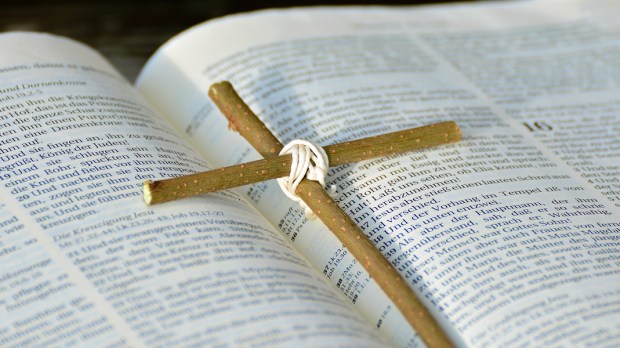For Roman Catholics, the weekly Sunday Mass readings are extremely short when compared to the Passion narrative that is recited (or sung) every year on Palm Sunday. This makes Palm Sunday somewhat difficult to attend for those who have trouble standing for the entire Gospel proclamation.
However, did you know that every Sunday may have been like that in the early Church?
Many of the first Christians were Jewish, and so, not surprisingly, they modeled their liturgy on the synagogue services. This included a continuous reading of Sacred Scripture that was carried on from one week to the next. It was divided up into two separate readings, one from the “Law” and the other from the “Prophets.”
Similarly, early Christians divided up the readings into three separate readings, one from the Old Testament, another from the New Testament Acts or letters, and finally, one from the Gospels.
Yet, the length of each reading was not specified as it is today.
St. Justin Martyr in the 2nd century wrote, “And on the day called Sunday, all who live in cities or in the country gather together to one place, and the memoirs of the apostles or the writings of the prophets are read, as long as time permits; then, when the reader has ceased, the president verbally instructs, and exhorts to the imitation of these good things.”
The Catholic Encyclopediafurther explains, “At this time, then, the text was read continuously from a Bible, till the president (the bishop who was celebrating) told the reader to stop.”
This means that the recitation of Sacred Scripture varied between Christian communities and was dependent on the bishop who was presiding. If he wanted a long reading, he got one!
Over time the Sunday readings were standardized and specific verses were selected according to the liturgical calendar. The Second Vatican Council in the mid-20th century further refined the practice and returned to the original tradition of three separate readings (for many centuries the Church only had two readings).
If you think “Oh, no, it’s the long Gospel!” at the Palm Sunday liturgy, just remember it could be longer!

Read more:
What was Mass like for the early Christians?

Read more:
Why do Roman Catholics kneel at Mass?

